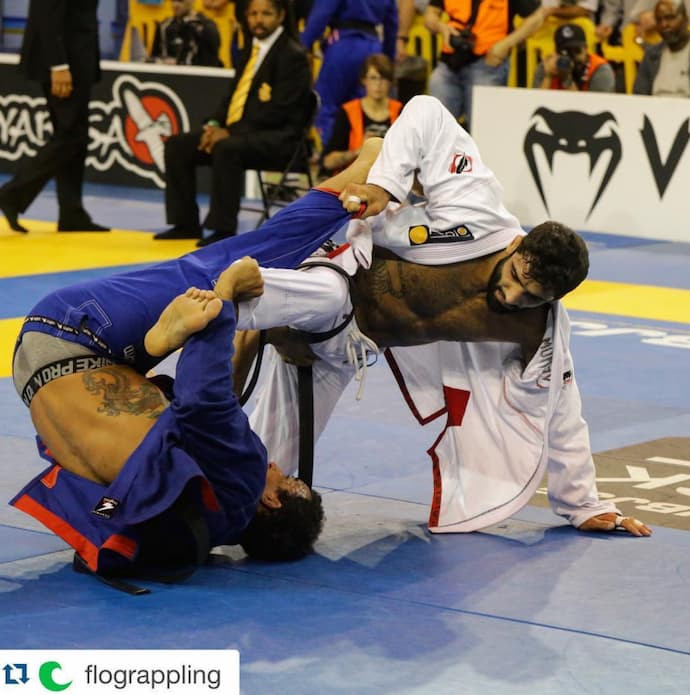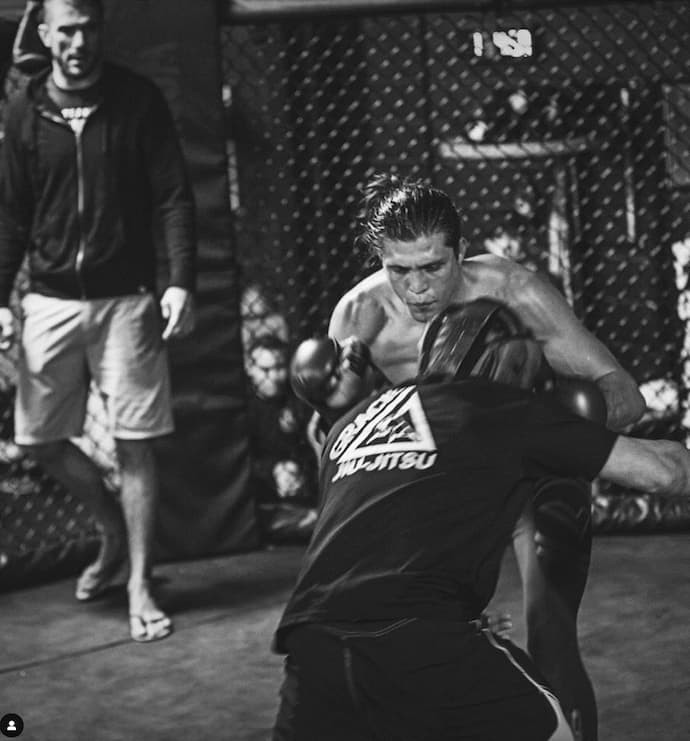Old School vs New School

Jiu-jitsu has steadily been growing in popularity within the United States for decades. Throughout this time, it has undergone a significant change. Thirty years ago, it was a martial art with a small but extremely committed group of practitioners, many of whom were professional fighters. Today, it is one of the most commonly practiced martial arts in the world with classes available to people of all ages and skill levels.
Old School vs New School Jiu Jitsu
On top of becoming more accessible, some have argued that jiu-jitsu has also become more commercialized. This is exemplified by a new school of teaching jiu-jitsu that has emerged in the past fifteen to twenty years. These new school academies mostly focus on training students for jiu-jitsu competitions rather than real world fight scenarios.
Conversely, students in old school academies rarely trained for tournaments. Instead, students primarily learned how to defend themselves in street fights. Not only was the atmosphere far more aggressive, the training was typically performed at a very high level of intensity. As Ryan Young of Kama Jiu-Jitsu explains in the below video, there were regularly challenge matches, where people would just come over, tap you on the shoulder, and then you’d have to fight.
Training to Fight vs Training to Compete
To put it gently, old school jiu-jitsu academies were not typically kid-friendly places, and it was not only because of challenge matches or the more intense type of training. Instead, it was due to the nature of the training.

When a fighter is preparing for a sport jiu-jitsu tournament, they know that they are playing by certain rules and that they don’t need to protect themselves against certain attacks. With sport jiu-jitsu, there are rules. Grabbing the inside of a cuff is illegal. Cranking someone’s neck is illegal. There are time limits, points, and weight classes. Strikes are rarely part of the equation.
When a fighter is preparing for a street fight, these rules go out the window. You don’t know what your opponent is going to do, which forces you to prepare for any and all circumstances. In sport jiu-jitsu, you can let down your guard with respect to certain kinds of attacks or strategize about ways to rack up points. In a street fight, you don’t know if your opponent is a black belt in karate, a boxer, or a biter. You don’t focus on strategies to get more points. You focus on protecting yourself from all kinds of attacks because in a street fight there are no refs, there are no rules, no points, and no time limits.
Mark Coleman vs Allan Goes
Ryan provides a specific example of why this new school mentality can be dangerous if you’re in the wrong scenario. Several years ago, Mark Coleman and Allan Goes fought in a Vale Tudo match, which means that there were even fewer rules than there are in most mixed martial arts fights. As Ryan explains, Goes is an old school black belt, but he went into the turtle position in the middle of the fight and exposed the top of his head to Coleman.
In a sport jiu-jitsu fight, this would not be a major issue since strikes are so uncommon. However, as this was a Vale Tudo match, Coleman started kneeing Goes on the top of the head until he went unconscious.
For someone from the old school, this kind of exposure should have been unthinkable.
Train for Yourself
Ultimately, the way that you train determines what kind of fight for which you’ll be prepared. If your only concern is preparing for competitions and tournaments, then it may not make sense to take on the old school training methods. Sport mentality may fit you best. However, if you are preparing yourself for a situation where you will need to defend yourself against a person in a street fight scenario, you need to have situational awareness so that you don’t get caught off guard should an assailant not go by the book.
If jiu-jitsu is a self-defense technique for you, you should look for a school that shares that view. You should look for a school that trains fighters to defend themselves in all scenarios, not just on the mat during a competition. If your interest in jiu-jitsu is more about competing against other jiu-jitsu fighters, then you should look into a new school gym. If you’re looking to do both, Ryan recommends going self-defense. “If you train with a sport mentality, thinking about what’s legal and illegal, not doing or not thinking about what is illegal in a tournament, also not preparing for what is illegal in a tournament, it will mess you up.”


